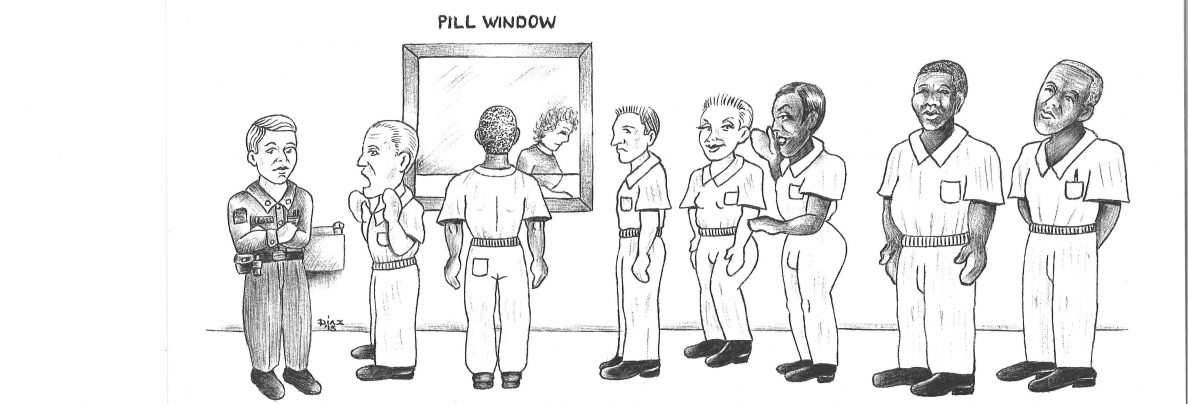By Seth Lamming
From PHN Issue 41, Winter 2020
In October 2019, the Food and Drug Administration approved a new medicine, Descovy, for pre-exposure prophylaxis (PrEP) to prevent HIV. PrEP is a drug regimen that people can take daily or on a particular schedule to prevent getting HIV from sex. PrEP has not been proven to be effective in preventing HIV transmission through needle sharing. Descovy (made up of emtricitabine and tenofovir alafenamide) and Truvada (made up of emtricitabine and tenofovir disoproxil fumarate) are the only two medications that can be used for PrEP. They are both frequently prescribed as treatment options for people who have HIV. Descovy and Truvada are both nucleotide reverse transcriptase inhibitors, which means they stop HIV
DNA from being copied from its RNA blueprints. This stops HIV from replicating. Most people in prisons and jails are not prescribed these meds for PrEP. The “logic” is that people in prisons and jails do not need PrEP because they are not allowed to engage in sexual activities while incarcerated.

